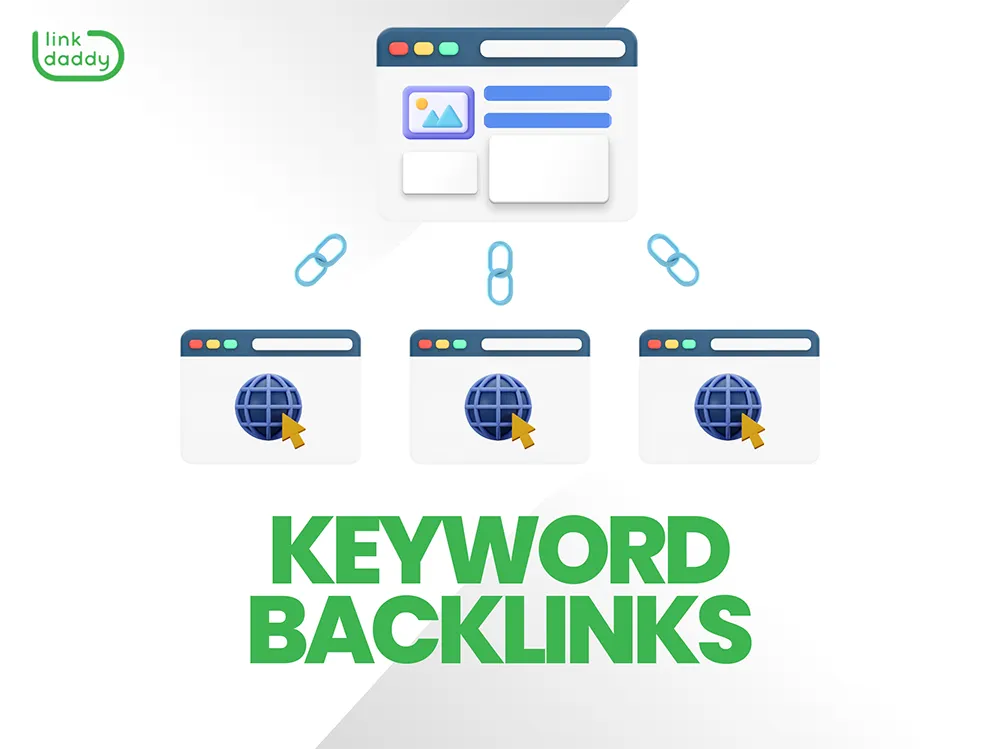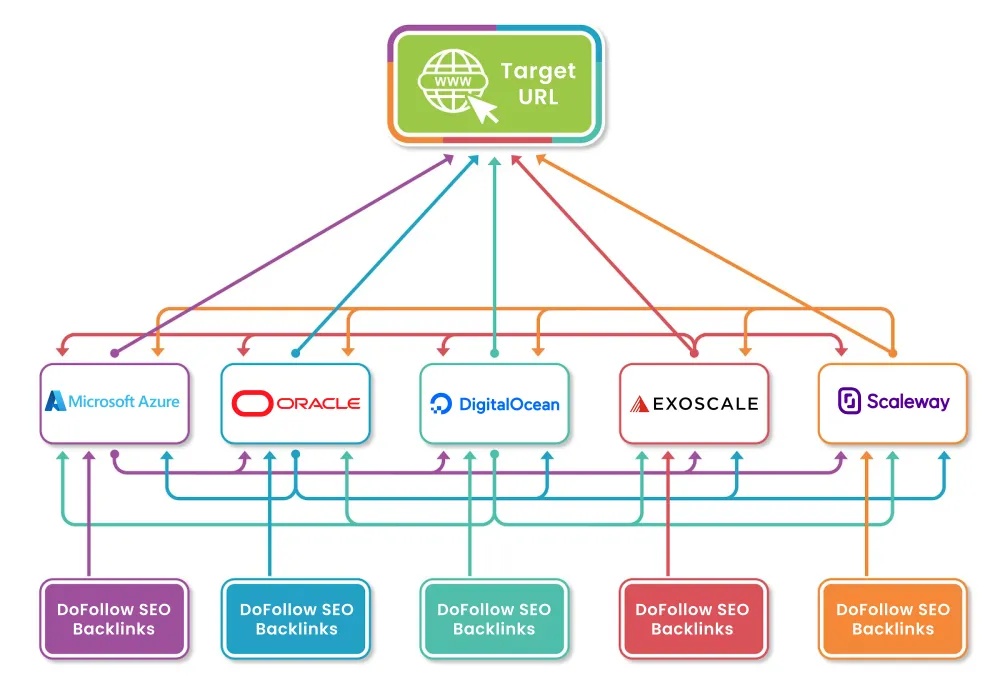Recognizing the Various Types of Cloud Providers and Their Usages
From Facilities as a Service (IaaS) to Software Application as a Solution (SaaS), each kind of cloud solution serves a special function and supplies unique benefits. By discovering the nuanced capabilities and applications of each cloud solution, one can navigate the complexities of cloud computing with precision and foresight.
Infrastructure as a Solution (IaaS)
Framework as a Solution (IaaS) supplies individuals with virtualized computing resources over the net on a pay-as-you-go basis. This cloud computer model supplies important IT framework such as digital equipments, storage space, and networking without the requirement for organizations to buy and take care of physical web servers and data facilities. With IaaS, customers can scale resources up or down based on their requirements, using adaptability and cost-efficiency.
One of the key advantages of IaaS is its capability to rapidly stipulation and deploy infrastructure parts, allowing businesses to react swiftly to altering demands and market problems. By outsourcing framework administration to the provider, companies can focus extra on their core service activities as opposed to taking care of the complexities of equipment maintenance and upgrades.
Moreover, IaaS uses a high level of dependability and safety, with suppliers normally providing durable data back-up, disaster healing, and cybersecurity actions. This aids make certain that critical service procedures stay nonstop and data continues to be safeguarded versus possible threats. Cloud Services. Generally, Infrastructure as a Solution improves IT operations, enhances scalability, and minimizes capital investment for companies of all dimensions
System as a Solution (PaaS)
Building upon the structure of Facilities as a Solution (IaaS), System as a Solution (PaaS) uses a detailed setting for programmers to develop, release, and take care of applications without the intricacies of underlying framework monitoring. PaaS provides a system with devices and solutions that enhance the advancement process, permitting programmers to concentrate on writing code and building applications as opposed to taking care of facilities issues.

Software Program as a Service (SaaS)
Software Program as a Service (SaaS) reinvents the way organizations gain access to and make use of software applications by using them on a subscription basis with cloud providers. This cloud computer model gets rid of the demand for organizations to set up and keep software program on individual gadgets, as every little thing is hosted and handled centrally in the cloud.
SaaS gives an economical remedy for companies as they just spend for the software application they make use of without the added costs of equipment upkeep or software application updates. It also provides scalability, allowing firms to quickly readjust their software demands based upon their demands.
Moreover, SaaS applications can be accessed from any device with a net link, advertising collaboration and flexibility among remote teams. Safety is a top priority in SaaS, with carriers implementing robust measures to safeguard data stored in the cloud.
Popular instances of SaaS consist of consumer partnership monitoring (CRM) software program like Salesforce, performance devices like Microsoft Workplace 365, and partnership systems like Google Office. SaaS remains to get traction in business world due to its cost-efficiency, scalability, and comfort.
Function as a Solution (FaaS)
With the advancement of cloud solutions like Software as a Solution (SaaS) streamlining software program distribution, Function as a Service (FaaS) stands for a standard change in exactly how code is performed in a serverless environment. FaaS permits designers to write and carry out private functions or items of code in feedback to certain events without the need to take care of the infrastructure. This serverless computing design makes it possible for designers to concentrate entirely on writing code to apply details capabilities, without concerning themselves with the underlying framework or server management.
Among the key advantages of FaaS is its capacity informative post to scale instantly based on the inbound workload. Features are executed in stateless containers that are spun backwards and forwards as needed, ensuring optimal source use and cost-effectiveness. FaaS is especially valuable for event-driven and microservices architectures, where code execution is caused by events such as HTTP requests or data source updates. By abstracting the framework layer, FaaS streamlines development, increases time to market, and enhances general dexterity in deploying cloud-native applications.
Storage as a Service (STaaS)
A fundamental component in cloud computing, Storage space as a Solution (STaaS) provides individuals with a reliable and scalable remedy for managing data storage demands. STaaS permits companies to store and fetch data from remote servers through the web, removing the demand for on-premises equipment. This service provides versatility by making it possible for users to pay only for the storage they use, making it an economical solution for companies of all sizes.

STaaS is particularly useful for companies with fluctuating storage space needs, as it offers a dependable and secure storage space solution without the demand for substantial upfront financial investments. By leveraging STaaS, companies can streamline their data monitoring processes, improve access, and improve information safety in a cost-effective manner.

Verdict
In conclusion, comprehending the different kinds of cloud solutions and their usages is important for services and people looking to take advantage of the benefits of cloud computing. By making use of the appropriate click here for more cloud solution, companies can boost their effectiveness, scalability, and flexibility in managing their IT facilities and applications.
From Framework as a Solution (IaaS) to Software Program as a Solution (SaaS), each kind of cloud solution offers an one-of-a-kind objective and gives distinctive benefits. site here cloud services press release. By checking out the nuanced capabilities and applications of each cloud solution, one can browse the intricacies of cloud computer with precision and foresight
With the evolution of cloud solutions like Software program as a Solution (SaaS) enhancing software application shipment, Function as a Service (FaaS) stands for a standard shift in how code is executed in a serverless environment.In verdict, recognizing the different types of cloud solutions and their usages is essential for businesses and people looking to leverage the benefits of cloud computer. By using the best cloud solution, companies can enhance their performance, scalability, and versatility in managing their IT infrastructure and applications.